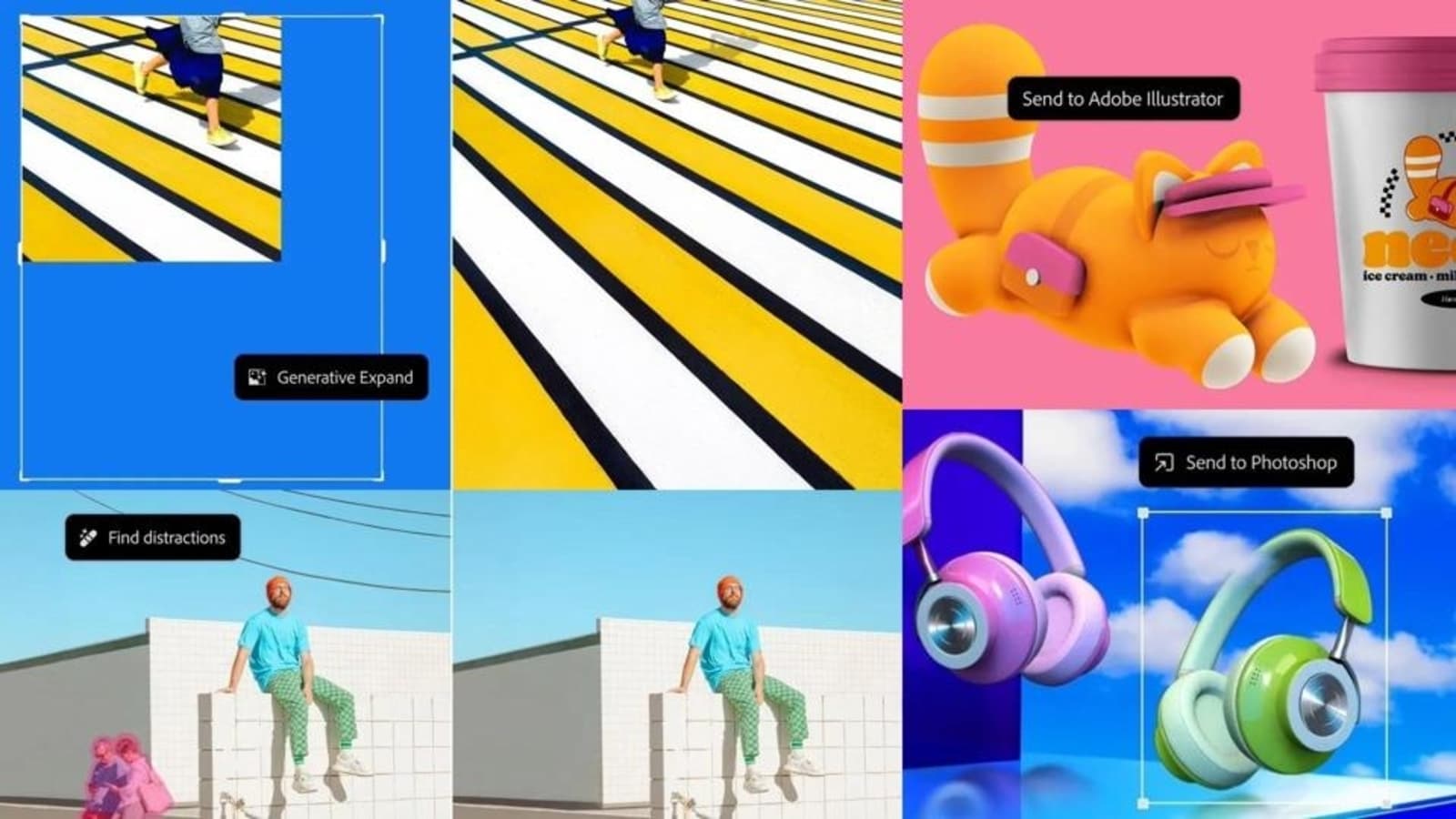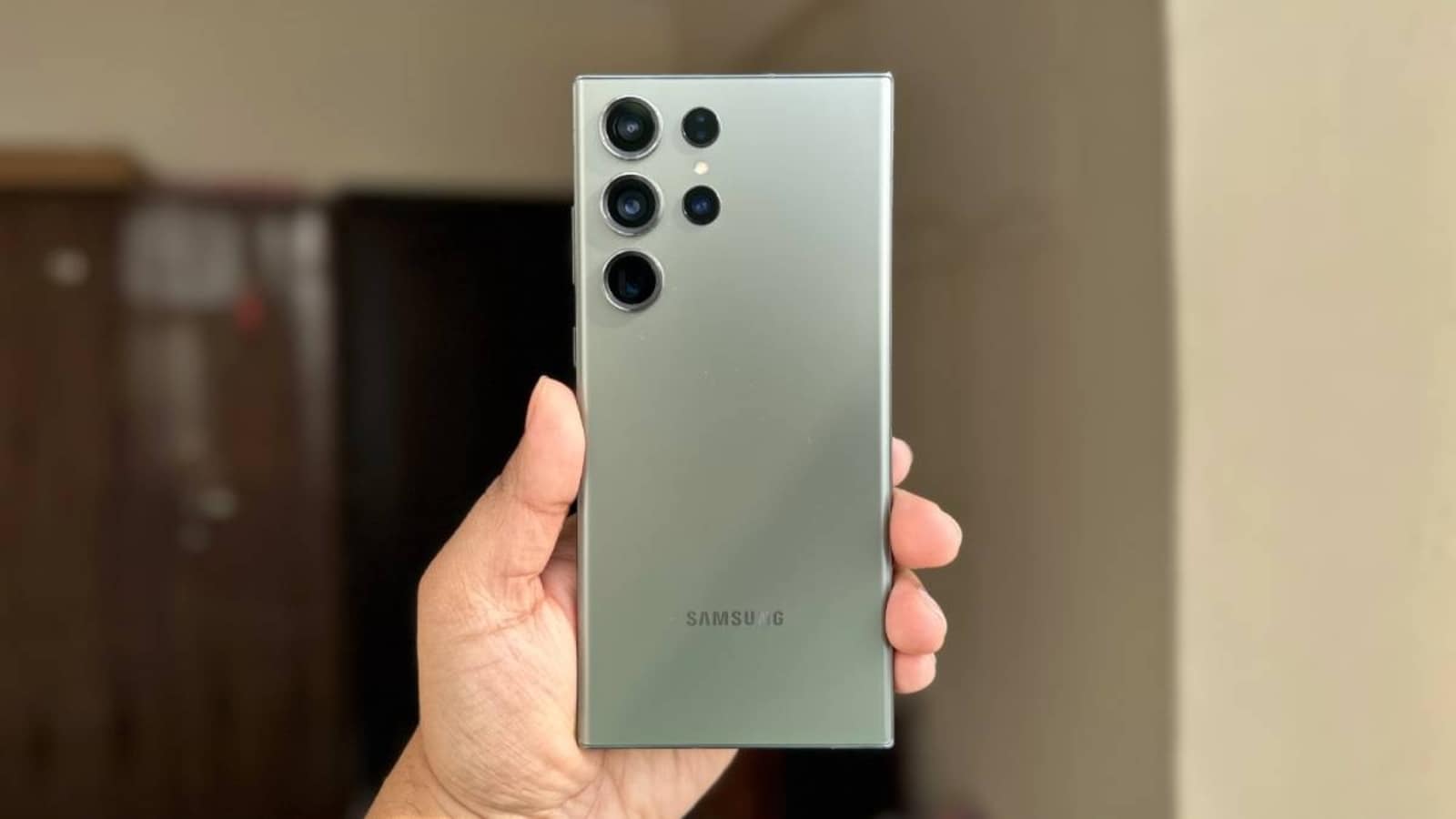It’s always sunny in Miami? Turns out, not always. It rained morning, afternoon and late evening, every day for the days yours truly was there, to examine the Adobe MAX 2024 keynote from close quarters. Speak with the executives, get a sense of their plans for the broader ecosystem and responsible AI (more on that, next week). Could the weather be a trail of the hurricane season? Perhaps. Nevertheless, with this unique weather by Miami standards as a backdrop, Adobe did what it has begun to do rather well in the past year—make a strong case for artificial intelligence (AI) in creative workflows. One of the reasons for their success (if you’re thinking the popularity of their massive suite of apps; you’re right but that’s not the reason I’m pinpointing) is the fact that Firefly, their AI model, has done well enough to not make any high-profile mistakes. That is why, a solid foundation of confidence, as Adobe writes the generative video chapter with Firefly. Before OpenAI. Also before Meta. And ahead of many others.

Our analysis of how Adobe impacts a broader ecosystem:
Beyond the core announcements which I’ve decoded in detail over the past few days once the Adobe MAX keynote was done, I wanted to deep dive into two specific technologies that Adobe announced. Ones that perhaps are an indicator of what the company keeps insisting—they listen to their user feedback when preparing updates for all of their apps.
If you are a Lightroom user, you’d probably appreciate the Adobe Adaptive profile more than those who aren’t. Think of Adobe Adaptive as a predefined set of adjustments, and therefore called a profile, for your photos. It is AI-based, of course, which means that unlike existing profiles such as Adobe Color or Adobe Landscape, the new Adobe Adaptive is image dependent. This means AI models analyse each photo you wish to apply this to, and then adjusts tones as well as colours. You’d reach the same result by manually adjusting Exposure, Contrast, Highlights and Shadows too, with this saving more than one step in that process.
Results of course will vary depending on the sort of image it’s been asked to play with, but my initial impressions are one that indicate this is quite useful for a variety of photos. The limitation at this time is, the Adobe Adaptive profile works with raw files from any camera, but currently isn’t supporting non-raw formats such as JPEG, TIFF and HEIF. That means, most camera photography enthusiasts are out of the circle of trust, unless they decide to shoot in raw. Adobe says the AI in play here has been trained on thousands of hand-edited photos which include people, pets, food, architecture, museum exhibits, cars, ships, airplanes, and landscapes too. Different types of artificial lighting as well as natural light covered, including variations for times of day and different seasons.

Then there is Generative Extend in Premiere Pro. First things first, this is still in beta testing phase, and that means real-world results may not always be perfect. That’s just work in progress. As the name suggests, Firefly’s new generative video model provides the basis for this—extend clips to cover gaps in footage, smooth out transitions, or hold on shots longer for better editing refinement. In Premiere Pro, suppose you have an editing timeline with a few seconds worth of gap between two clips, or at least where you’d want them to be. “Just click and drag the beginning or end of a video or audio clip to add lifelike, photorealistic video and audio extensions,” is how Adobe summarises it.
The training in use here is drawing from everything Adobe Firefly Video Model has learnt from its massive data sets. Since Generative Extend is still in the beta phase, it is limited to 1920×1080 or 1280×720 resolutions and between 12fps and 30fps for frame rates. That should extend with time.
IDENTIFY
Caller identification and spam blocking platform Truecaller is launching something rather unique in India. Account name verification using UPI, or the unified payments interface. Nothing of this sort has been done before, which makes this an experiment of sorts. Basically, the mobile number that a Truecaller account is linked to, can be verified using UPI—much like how you do this to set up UPI for payments on apps. This way, names of Truecaller user profiles will be verified and corrected, making search and Live Caller ID results potentially more accurate. The hope is, by verifying using UPI, the KYC or know-your-customer details that you’ve completed with your banking institution, can be used for the Truecaller Verified Badge.
OUTLOOK
Are these the first signs of worry for the PC market globally. Research firm Gartner’s latest quarterly shipments data suggests a decline of 1.3% in Q3 2024. Stagnated market, or the beginning of a slide—depends on our outlook towards life. Lenovo leads shipments and market share numbers for the quarter worldwide, while HP is a close second on both metrics. Gartner researchers warn us (and Microsoft too, for that matter) that the expected demand for Windows PCs leading up to the end of the Windows 10 support in 2025, hasn’t picked up with an expected momentum. Partly due to economic challenges in certain regions, they say. The next set of shipment numbers will be interesting, I’ll keep you updated.
UPGRADE?
How much of the new tech you buy, is actually an upgrade over the device you’re replacing? That’s a question I pondered over, with the supposed realignment by Apple to move away from annual refresh cycles (I established they already have; little new to see here, unless that extends to the iPhones). There are advantages to a more thoughtful approach to tech. Alas, most tech companies, in the spirit of competition, have sacrificed that aforementioned approach at the altar of the accountant’s spreadsheet.

In my column this week, I argue that most tech companies, particularly phone makers, do not have the courage to break away from the routine. There’s nothing to say they cannot, but it is still close to impossible that they will. Android phone makers, let us take their example with due respect, that go strong now are the ones who curated this habit of annual and in some cases more than one refresh cycle every year for at least the flagship phones. Consider this, in just the first nine months and a bit more of 2024 covered, Samsung has already added around 20 new phones to its line-up. And it is not as if all phones 2023 and prior were purged instantaneously; many of them are on sale as well. Realme, another phone maker that relies on having a massive portfolio, has already added around 39 phones to that list. These two phone makers are cursory examples of a broader trend, not the outliers.
Slowing down launches may boost the perception of innovation when a new gadget arrives on the scene after a gap. But for tech companies, particularly phone makers, they’ve found an accountancy sweet spot by flooding the market with many, many new devices every quarter. PC makers, smart home companies and even many an audio brand can perhaps lengthen the window of a product’s shelf life. Audio companies can perhaps set another fine example.












Leave a Reply